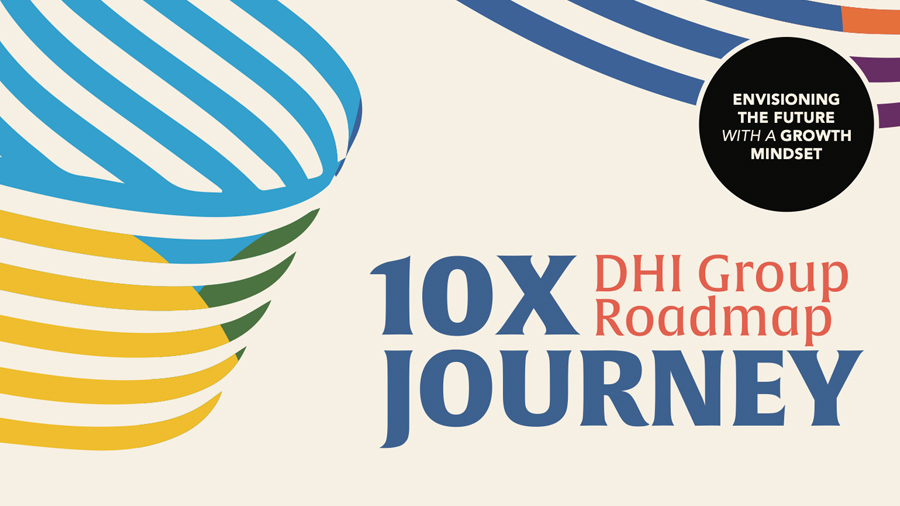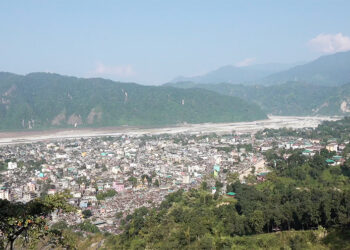 By 2035, the Druk Holding and Investments Limited envisions a transformed economic landscape, with Nu 700bn in revenue base and Nu 30bn for Bhutan Future Fund. Last year, DHI companies earned Nu 74bn in revenue. As the DHI and its 25 portfolio companies launched the 10X Roadmap yesterday, it aims to transform Bhutan into a high-income, digitally integrated, and globally relevant nation by growing its national assets and economic contributions tenfold over the next decade.
By 2035, the Druk Holding and Investments Limited envisions a transformed economic landscape, with Nu 700bn in revenue base and Nu 30bn for Bhutan Future Fund. Last year, DHI companies earned Nu 74bn in revenue. As the DHI and its 25 portfolio companies launched the 10X Roadmap yesterday, it aims to transform Bhutan into a high-income, digitally integrated, and globally relevant nation by growing its national assets and economic contributions tenfold over the next decade.
Until now, the focus has been on energy and resources. However, the decade ahead demands investing in innovation, empowering human capital, and diversifying the economy.
The roadmap will be supported by three core pillars of growth. The portfolio management aims to sharpen governance and efficiency in its 25 companies.
The companies will be grouped to guide smart investment, with a strong push on digital and green practices.
Through the bold investment strategy, over USD 40bn will be invested in the next decade to transform Bhutan’s economy.
Investments would go into renewable energy projects, exploring hydrogen, tapping minerals, and building futuristic infrastructure like high-speed transport, AI-powered data centres, and next-generation networks.
Manufacturing will focus on niche products like EV parts and space tech, while health, education-tech, and logistics go premium. DHI will also invest globally, blending traditional markets with digital assets like government-backed crypto.
And the other pillar is innovation, putting science, technology, and creativity at the centre. A one billion dollar Multichannel Innovation Fund will support start-ups, research, and fresh ideas, supported by creative hubs like the Jigme Namgyel Wangchuck Super Fab Lab and policy reforms to turn ideas into real impacts.
Ujjwal Deep Dahal, DHI CEO, said, “A roadmap for us, as DHI and as a group, is to not just increase the revenue by 10X but to grow leadership, mindset and the way we engage by 10X and hence build businesses that thrive and resonate with the next generation. So, it’s a very important strategy for us for the next ten years whether we look at it from hydropower and solar development to energy in general to diversify our economy.”
Doji Wangdi, Sr. Analyst working at DHI said, “To achieve our targets, from the six there are three main strategies. The first is how DHI portfolio companies are going to be managed, nurtured and how the services are going to be delivered to the people. The second is on how to invest and the last is to turn new ideas into real impacts.”
The strategy was inspired by the Gelephu Mindfulness City and is aligned with the government’s 21st Century Economic Roadmap.
Kelzang Chhophyel
Edited by Tshering Zam








